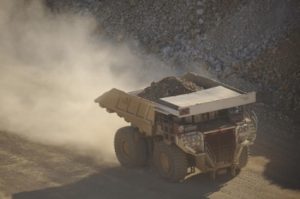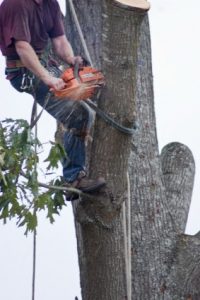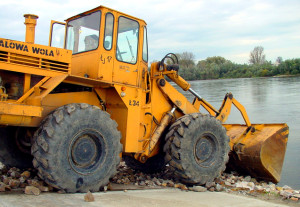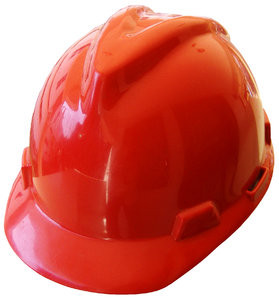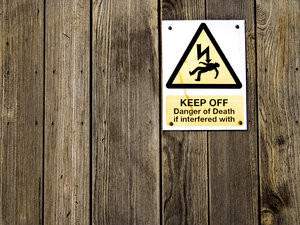Demolition workers helping to tear down the former Wollaston Theatre in Quincy, Mass. were seriously injured after they became trapped when a wall fell on top of them. 
According to Masslive.com, the incident happened just south of Boston at a place that was once known by locals as, “The Wolly.” It opened in 1926, but was being torn down after it had fallen into disrepair and the site purchased in 2012.
The structural collapse incident at the 90-year-old landmark occurred when a 15-foot wall made of brick and steel collapsed during the demolition process. One worker was trapped on the ground and another hurt his arm after he jumped from a cherry picker. The man on the ground was reportedly stuck under 4 feet of brick and steel. Firefighters believe a steel beam probably saved his life. His torso and below were completely buried. Continue reading
 Massachusetts Workers Compensation Lawyers Blog
Massachusetts Workers Compensation Lawyers Blog


